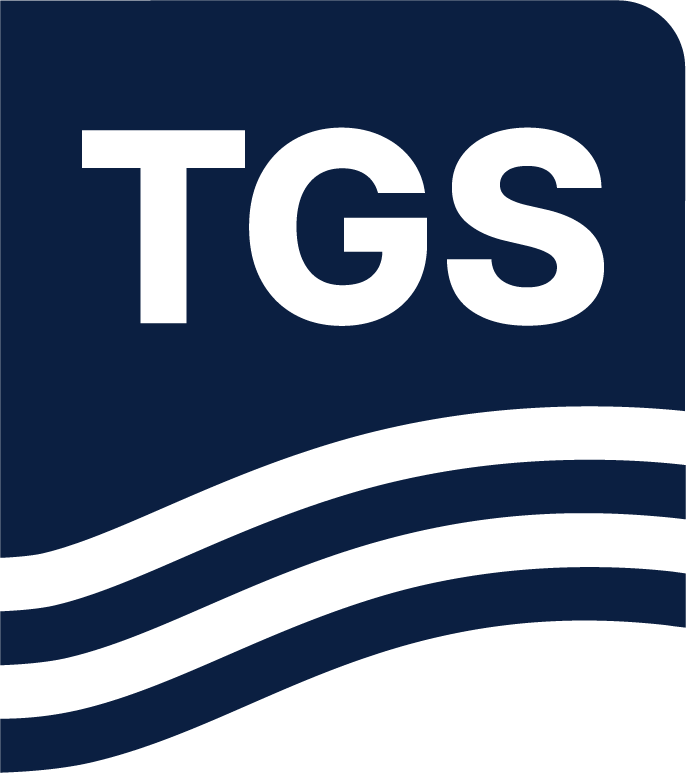Characterizing the near-surface is essential for accurately imaging deeper subsurface targets in
onshore seismic exploration. Traditional model building approaches, such as reflection tomography, face challenges in updating near-surface velocities due to limited offset coverage at shallow depths. Often with traditional approaches, residual statics calculated using an NMO
velocity are applied to input data for model building to overcome inadequacies in the velocity
model. We have seen (Ellison et al., 2016) that statics calculated on data with an NMO
approximation may not be suitable for depth imaging and can degrade the imaging result in cases that deviate from the hyperbolic assumption.
Full waveform inversion (FWI) is robust algorithm for generating velocity models with exceptional resolution and accuracy. It has been increasingly adopted in the industry with numerous successful applications to marine data, especially for surveys featuring rich azimuth, long offsets, and low-frequency recordings. However, its application to onshore data remains comparatively less common (Plessix et al., 2012; Mei et al., 2015; Lemaistre et al., 2018; Tang et al., Masclet et al., 2021; Krishnasamy et al., 2023). FWI faces several challenges in onshore applications. Seismic data acquired on uneven topography require careful handling of wavefield propagation to ensure accuracy and resource efficiency. The process is further hindered by low signal-to-noise ratios (S/N), primarily due to near-surface scattering and heterogeneity. Moreover, the low frequency signal available to start the inversion for onshore datasets is constrained by noise and acquisition parameters. These challenges facing onshore acoustic FWI have been overcome with modern workflows. Details of a modern FWI workflow with case studies are provided.

